
Scientists Finally Reveal the Chilling Truth Behind Blood Falls In Antarctica
In the last place on Earth you'd expect to find a river the color of blood, Antarctica’s icy wilderness hides one of the planet’s most bizarre and captivating enigmas. Amid the vast, white silence of the frozen continent lies a shocking sight that seems torn from the pages of science fiction: a vivid, crimson cascade seeping from the towering face of the Taylor Glacier, known hauntingly as Blood Falls.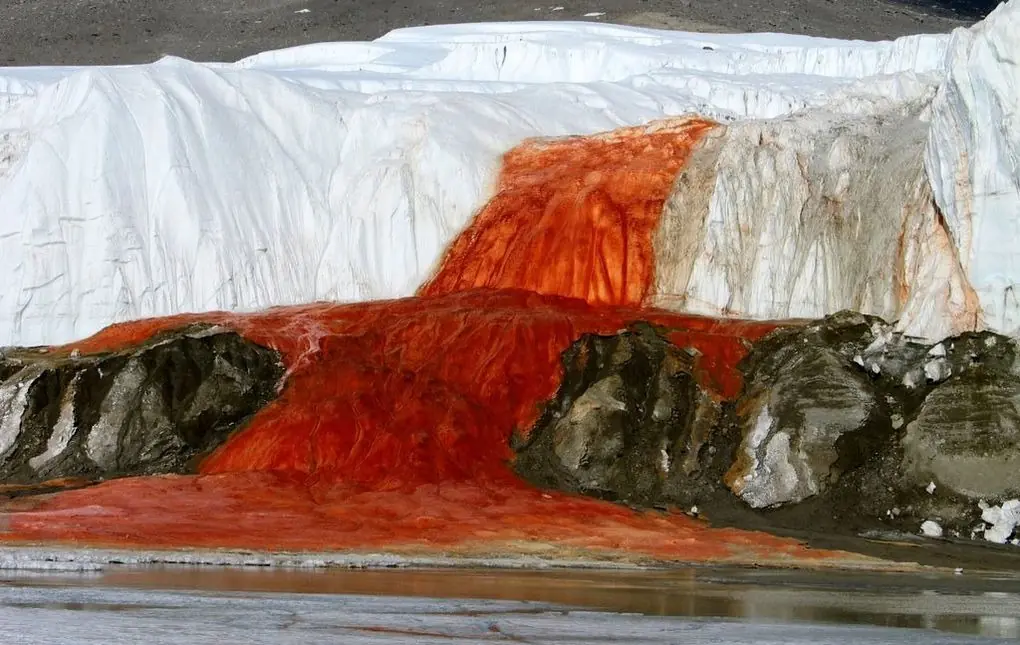
For over a century, this unsettling spectacle has puzzled scientists and explorers alike, spawning theories ranging from ancient subterranean lakes to mysterious microbes that defy earthly biology. What could possibly cause such a dramatic splash of color in the world’s coldest, driest desert?
The answer lies buried deep beneath the Antarctic ice sheet - within a hidden world untouched for millions of years.
A Bleeding Glacier with Secrets Beneath
At first glance, Blood Falls looks like the glacier itself is bleeding. But its scarlet hue is not the result of algae or pollution. The truth is far more fascinating - and otherworldly.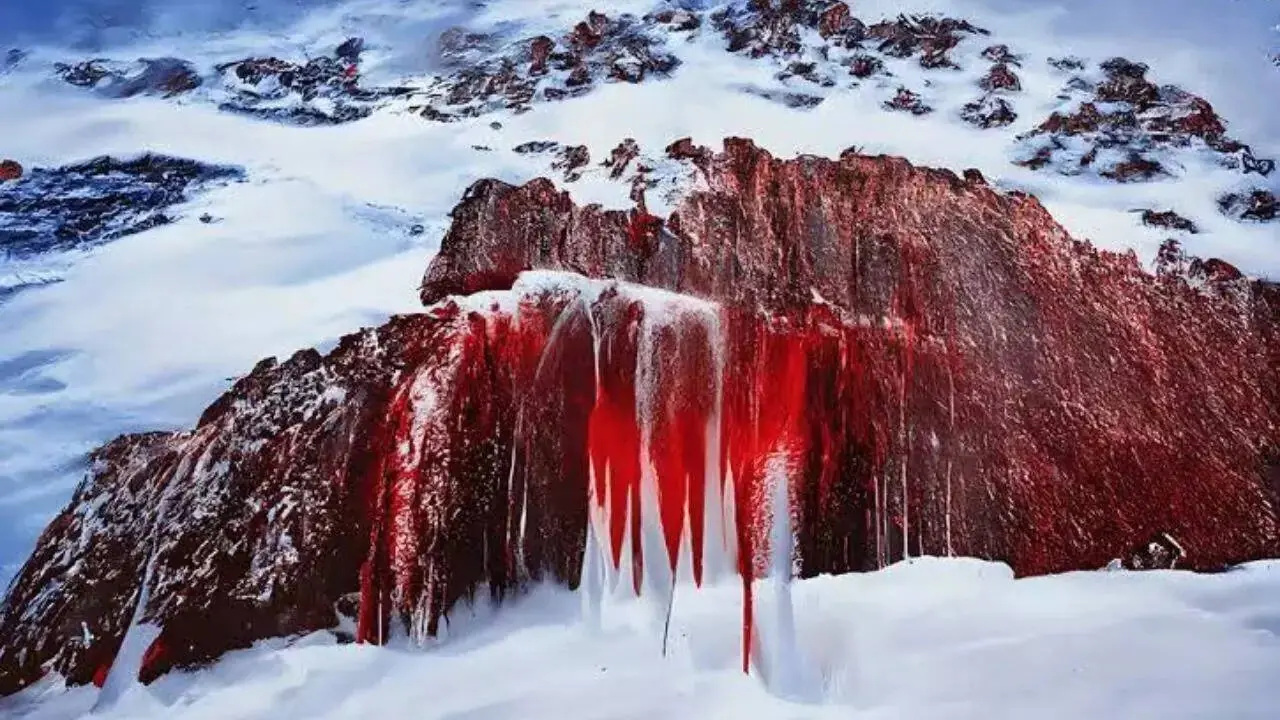
Beneath Taylor Glacier rests a long-isolated subglacial lake, locked away from the surface for over a million years. This ancient body of water, rich in iron and extremely salty, remains liquid despite the continent’s brutal cold. When the iron-rich brine finally surfaces and meets the oxygen-rich air, a rapid oxidation reaction occurs - essentially rusting in real time - giving the waterfall its bloody color.
“It’s not just a natural oddity,” says one researcher. “Blood Falls is a portal into a hidden ecosystem that’s been evolving in total isolation.”
This environment is far from lifeless. Within the oxygen-starved, pitch-black lake beneath the glacier, microbial life thrives - organisms so extreme, they challenge our very definition of survivability.
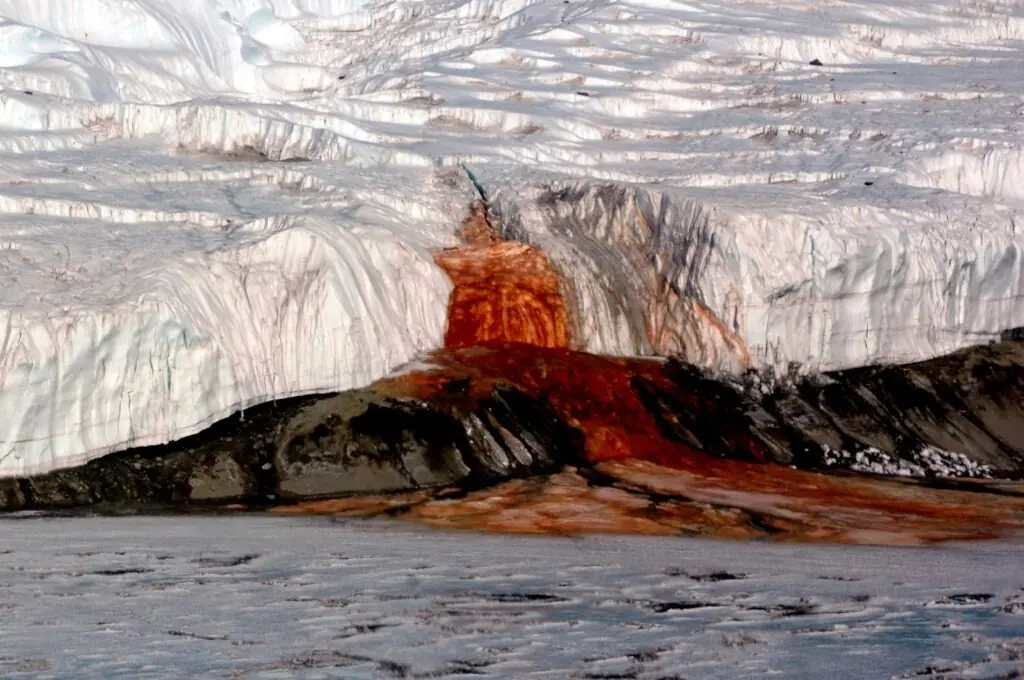
The Birth of a Mystery: A Century of Questions
Blood Falls was first documented in 1911 by Australian geologist Griffith Taylor during an expedition through Antarctica’s McMurdo Dry Valleys. The sight of red water gushing from an icy glacier shocked his team. Early explanations focused on red-pigmented algae, a reasonable hypothesis given the known resilience of Antarctic microbes.
Yet, no algae were ever found.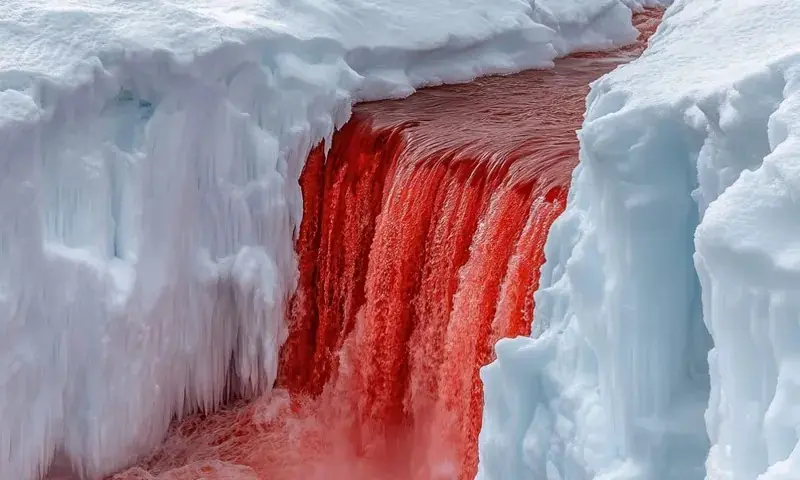
Instead, researchers gradually uncovered an even stranger mechanism. The real culprit was not biological at first - but chemical. The brine’s high iron content, oxidizing upon exposure, stained the ice crimson, much like rusted metal. But that begged an even deeper question: How was there liquid water in a place where everything should be frozen solid?
The eventual answer lay in the interplay between high salinity and geothermal heat. Together, they prevent the lake from freezing, allowing the iron-rich water to slowly seep through fissures in the ice - a process that may have been occurring for thousands of years.
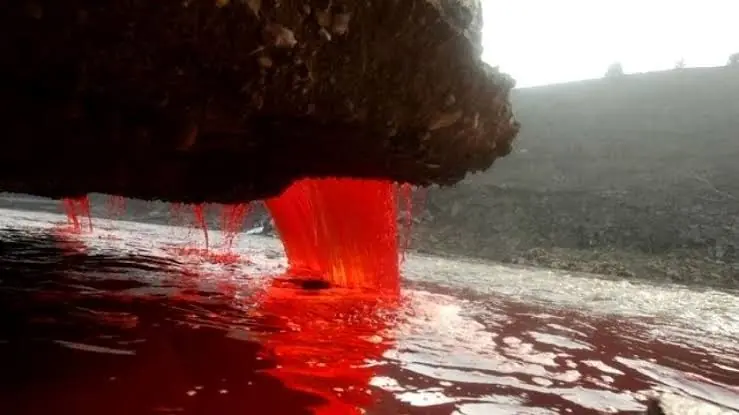
A Hidden Biosphere Below the Ice
Beneath Taylor Glacier is not just a salty pool of rust-colored water - it’s a thriving ecosystem unlike any other on Earth. The subglacial lake supports microscopic organisms that have adapted to extreme cold, complete darkness, and zero oxygen. These extremophiles survive by metabolizing iron and sulfur, proving life can exist in places we once believed were sterile.
“If these microbes can survive in such an alien environment here on Earth,” scientists wonder, “couldn’t similar life exist beneath the ice of Europa or Enceladus?”
This frozen, iron-rich world has become a vital analog for space exploration. NASA and other space agencies now look to Blood Falls as a terrestrial stand-in for the icy moons of Jupiter and Saturn - where vast sub-surface oceans may hide similar ecosystems, waiting to be discovered.
A Living Time Capsule
What makes Blood Falls even more extraordinary is its age. The water emerging from the glacier today has been trapped beneath the ice for more than a million years, untouched by modern atmospheric changes. This makes it a priceless archive of Earth’s ancient climate and geochemical history.
By studying the chemistry of the flowing water and the structure of the subglacial plumbing system, scientists can better understand how Earth’s climate has evolved - and how polar ice sheets may respond to global warming.
This information is crucial as rising temperatures continue to alter Antarctica's landscape. Understanding how subglacial water systems behave could offer clues about the stability of ice sheets and future sea-level rise.
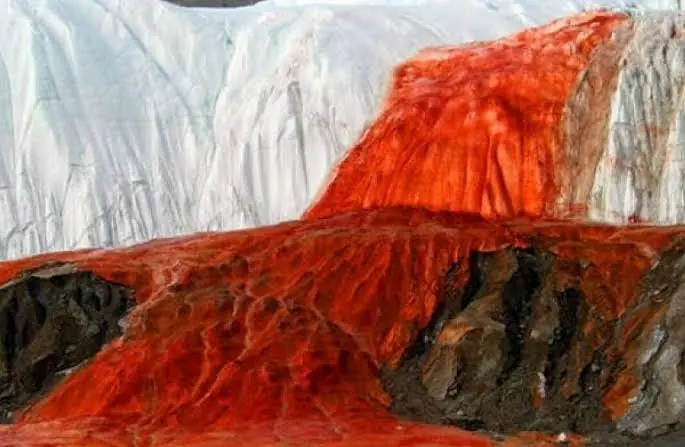
Rewriting the Rules of Life Itself
Blood Falls isn't just a curiosity - it's a turning point in how we understand life on Earth and beyond. The idea that complex ecosystems can thrive in complete darkness, with no oxygen and only metal compounds for fuel, overturns long-held assumptions about where life can exist.
Its implications stretch far beyond Antarctica. If microbes can endure these frozen, isolated conditions, then life might also survive in the deep, dark oceans beneath the ice of distant moons. The discovery has propelled Blood Falls into the center of astrobiological research, giving scientists a rare chance to test theories about extraterrestrial habitability - without ever leaving our planet.
The Gateway to Unseen Worlds
Today, Blood Falls is more than a dramatic visual marvel - it’s a living laboratory. It proves that life is far more adaptable than we imagined, capable of surviving in the harshest, most unexpected corners of Earth.
But it also invites a bigger question: If such life can flourish beneath Antarctica’s glaciers, what else might be hiding in the unexplored depths of our own world - or even in the icy shadows of distant planets?
As scientists continue to explore this bleeding glacier and the subglacial worlds it connects to, they may uncover not just the secrets of Earth’s past - but the blueprint for life across the cosmos.
In its haunting beauty and scientific wonder, Blood Falls reminds us that even in the planet’s most lifeless places, nature finds a way to survive - and perhaps even thrive.
News in the same category


Dealing with 10 Common Bathroom Pests
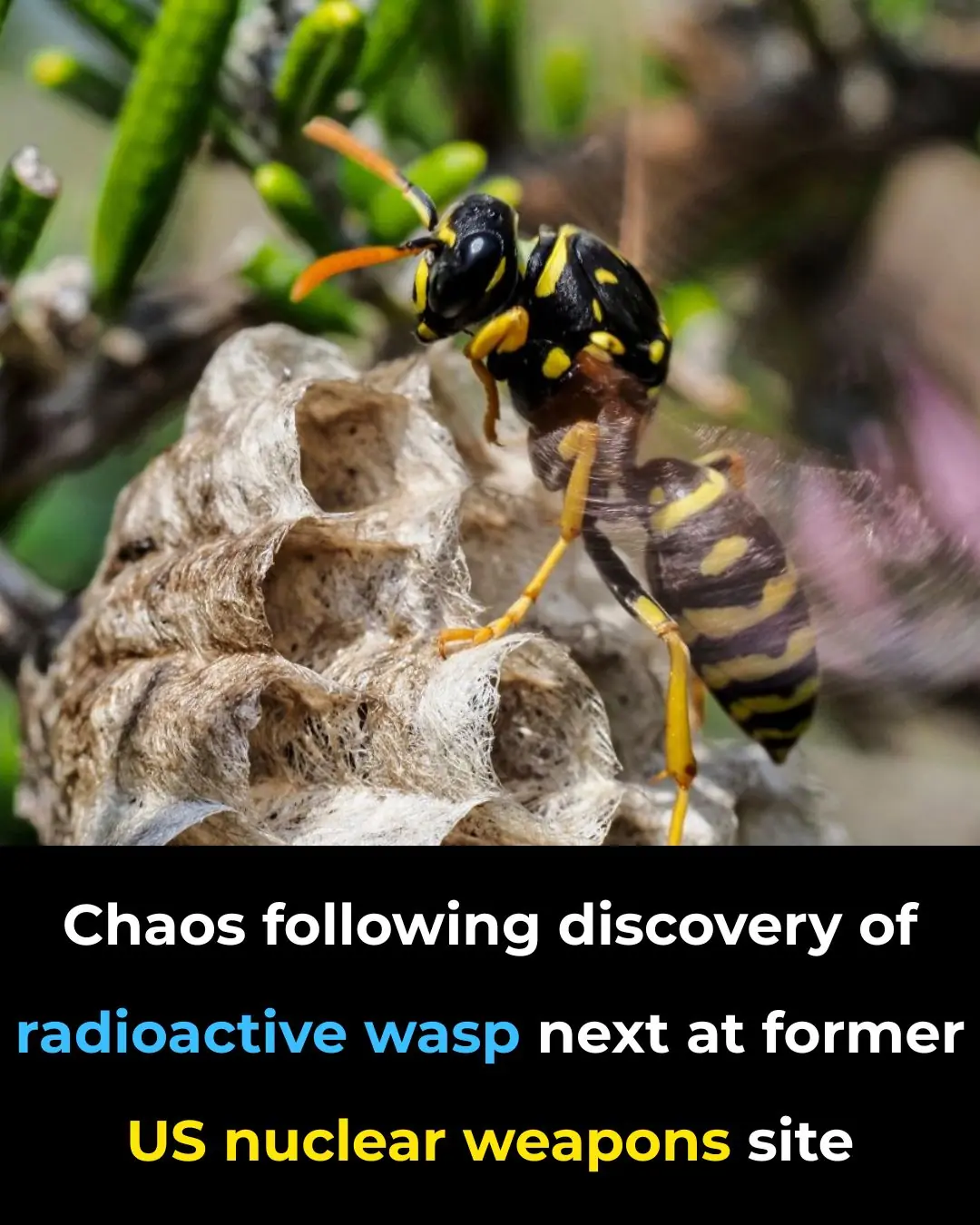
Chaos following discovery of radioactive wasp nest at former US nuclear weapons site

Ancient Inscriptions Inside Great Pyramid Rewrite History Of Its Builders

Nurse at palliative care reveals the top 5 regrets of people right before they di3d

The Hidden Meaning Behind Leg-crossing — It’s More Than Just Comfort

Off The RecordIf You Ever Notice Your Door Handle With A Rubber Band On It DO NOT Touch It

Jake, a Single Dad, Discovers a Heartwarming Breakfast Surprise

90-Year-Old Woman Used a Grenade as a Pestle for Over 20 Years

A New Kind of Human Has Officially Been Discovered

What Is Gyan Mudra? Benefits, Meaning, and How to Practice It Daily
This habit is a powerful hand gesture used in yoga and meditation to boost focus and inner peace. Discover its meaning, benefits, and how to practice it daily for a calmer, clearer mind.

New Brain Protein Discovery Could Reverse Memory Loss Without Touching Alzheimer's Plaques
The study’s central revelation - that memory can be restored without clearing plaques - challenges the very foundation of Alzheimer’s research over the past 30 years.

Woman With Rare 'Superpower' Sniffed Out Husband's Disease 12 Years Before Diagnosis — Now She's Helping Create a Breakthrough Test
A woman with a rare “superpower” — the extraordinary ability to smell her husband’s disease more than 12 years before it was medically diagnosed — is now working with scientists to develop groundbreaking new methods for early detection of the co

Born On These Dates? Experts Say You May Have Extraordinary Natural Talents
If you were born on one of these dates, you just might be part of an elite circle of natural-born visionaries.

10 Cancer Warning Signs Women Often Overlook

11 Heartbreaking Signs Your Dog Is Nearing the End—And How To Give Them The Love They Deserve

Why McDonald’s Removed The Clown From The Company Image

Experts Are Drawing Attention To A Disturbing Noise That People Produce Just Before They Die
News Post

British Mom Who 'Died' For 17 Minutes After Workout Shares What She Witnessed

Dealing with 10 Common Bathroom Pests

How to Improve Blood Circulation Naturally (Research Based)

5 Deficiencies Almost Everyone Has (And Doesn’t Know About)

Scientifically Proven Health Benefits of Cayenne Pepper

Free download offered to PlayStation gamers as way to 'make amends'

Chaos following discovery of radioactive wasp nest at former US nuclear weapons site

Beyond the Badge: One Officer’s Journey to Becoming More Than a Uniform.

7 Thing That Happen To Your Body When You Stop Having Intimacy Moments
Taking a break from intimacy doesn’t mean something is wrong. In fact, it can be a time for growth, healing, and self-discovery.

From Suspension to a Second Chance: How One Principal Changed a Life Forever.

The Hawk on the Porch: A Quiet Cry for Help.

I Filed for Divorce After Catching My Husband Cheating – Our Son's Words in Court Left Everyone Speechless

My Selfish Sister Stayed by Mom's Side When She Fell Ill, but Everything Changed after the Doctor Shared Mom's Last Words – Story of the Day

My SIL Gave Me Her Old Armoire and Made Me Pay for Moving It – Then She Came with an Outrageous Demand

The Meteor That Changed Two Lives: A Story of Unlikely Family

P@rasite Found In Br@in Of 10-Year-Old Girl After Eating Undercooked Meat Leaves Experts Horrified

Ancient Inscriptions Inside Great Pyramid Rewrite History Of Its Builders

5 Common Foods That Turn Toxic If Left Overnight

Nurse at palliative care reveals the top 5 regrets of people right before they di3d
